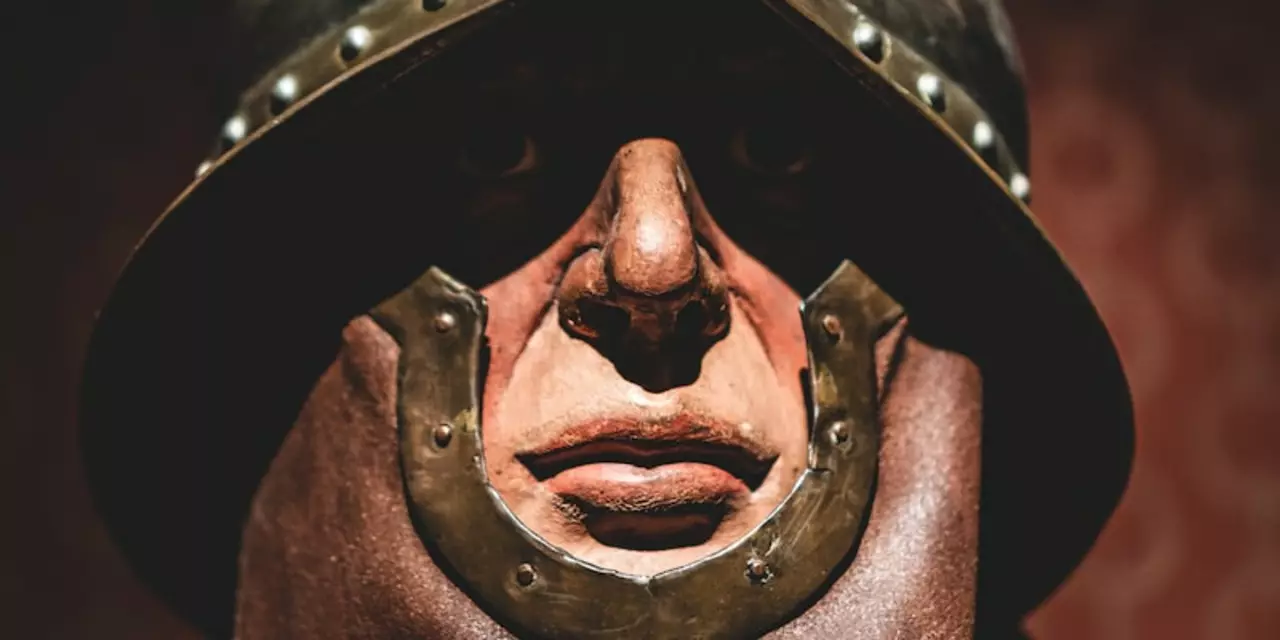Medieval Horse Riding: What It Was and How to Experience It Today
Ever wonder how knights charged into battle or why medieval festivals still showcase riders in full armor? The answer lies in the way horses were trained, equipped, and ridden back in the Middle Ages. Below we break down the basics, share a few practical tips, and point out where you can try a taste of medieval riding without needing a castle.
How Medieval Riders Got Their Horses Ready
First off, training was all about balance and obedience. Riders used a long line called a longe to work the horse in circles—pretty much the same idea as a modern lunge lesson. The horse would trot, canter, and sometimes gallop while the trainer kept a steady rhythm. This helped the animal stay calm under the weight of armor and the stress of a battlefield.
Gear mattered a lot. A basic leather saddle with a high pommel kept the rider stable on bumpy terrain. Stirrup designs were simple but sturdy, giving the rider a foothold for launching a lance. And of course, a sturdy bit and reins let the rider give clear signals even in the heat of combat.
Bringing Medieval Riding into the Modern World
If you want to feel the medieval vibe, look for equestrian clubs that offer “historical riding” workshops. These sessions usually include a short lesson on proper posture, handling a bit, and moving at a walk or trot while wearing a replica leather saddle. Some groups even let you try on a lightweight breastplate for the full effect.
Don’t forget safety. Just like today’s riders wear helmets, medieval riders used padded caps called "sallets" to protect their heads. Modern helmets are a lot safer, but wearing one keeps the experience authentic while keeping you safe.
Another fun way to live the era is to join a local reenactment event. You’ll meet people who have trained their horses to respond to commands without using modern cues, and you can watch how a cavalry charge is coordinated. It’s a great chance to see how riders communicated with their mounts using subtle weight shifts and leg pressure—a skill that’s still useful for any rider.
Finally, remember that medieval riding wasn’t just about battle. It was also about travel, trade, and leisure. Many knights would ride their horses to festivals, hunting trips, and even school. The same skills you learn in a modern riding lesson can give you a glimpse of that everyday medieval life.
So whether you’re a seasoned rider or a complete beginner, there’s a way to dip your toe into medieval horse riding. Start with a basic lesson, try on some replica gear, and keep an eye out for local events. You’ll get a solid feel for the balance, confidence, and sheer thrill that kept knights riding for centuries.
Were medieval knights able to mount a horse without help?
Medieval knights were well-trained in the art of horsemanship and would regularly have to mount and dismount horses with no assistance. This was not as difficult as it might seem in modern times as horses were much smaller and knights had armour which made it easier to climb on. There were also special pieces of equipment that could be used to help knights get on their horses, such as a mounting block and a stirrup. The stirrup enabled knights to step up onto the horse more easily, while the mounting block offered more support when getting onto the horse from the side. In conclusion, medieval knights were able to mount a horse without help.
READ MORE